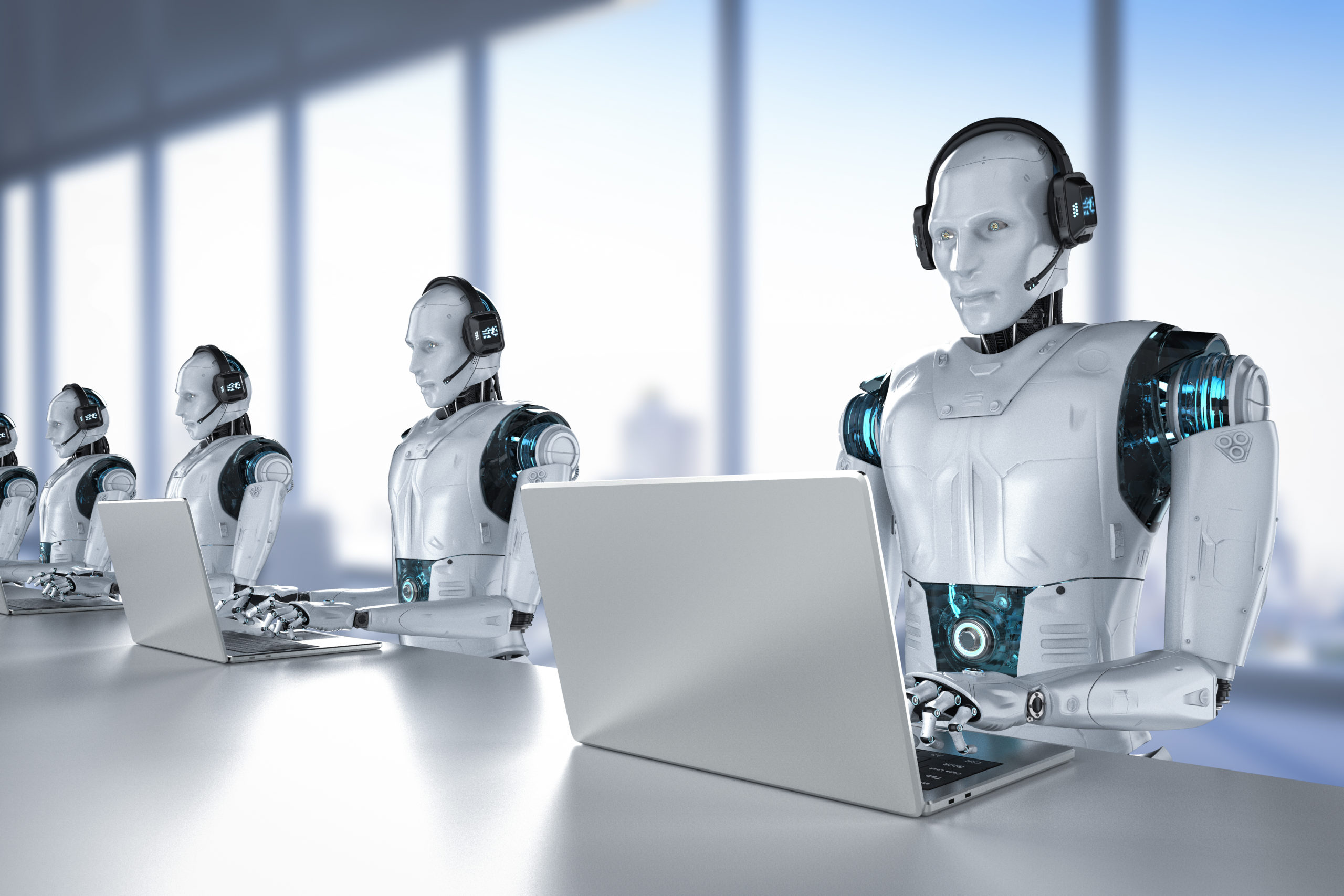Robots are advanced electronic devices designed to perform specific tasks independently or semi-independently. They analyze data, interact with their surroundings, and execute required tasks. Robots are one of the most important modern inventions in the field of technology, and they are widely used in various fields such as medicine, agriculture, manufacturing, military industries, space, and many other areas.
The origins of robots date back to the 18th century when Jacques de Vaucanson invented the first machine that could perform a repeated mechanical movement. Then, inventions and developments in this field continued, and robots became more advanced and complex. In recent decades, the world has witnessed a significant shift in the use of robots, where many robots have been produced to be used in industry, agriculture, medicine, education, logistics services, and even military operations.
Types of Robots:
Robots come in different shapes, sizes, and capabilities. They can be divided into several basic categories:
- Industrial Robots: These are robots that are used in the production of products and industrial components. They are characterized by their ability to perform repetitive, laborious, and dangerous tasks.
- Service Robots: These are robots that are used in logistics and commercial services. They are characterized by their ability to perform tasks that are difficult for humans, such as parcel delivery, managing lighting and air conditioning.
- Medical Robots: These are robots that are used in the medical field. They are characterized by their ability to perform repetitive and accurate medical tasks, such as diagnosing diseases and performing surgical operations.
- Military Robots: These are robots that are used in military operations. They are characterized by their ability to perform dangerous tasks and move in hazardous areas.
- Entertainment Robots: These are robots that are used for entertainment purposes, such as musical robots, dancing robots, and sports robots.
Benefits of Robots:
Robots have many benefits, including:
- Efficiency: Robots are capable of performing tasks in a precise and efficient manner, which improves work efficiency and increases productivity.
- Safety: Robots are capable of performing dangerous tasks that are difficult for humans to perform, which protects workers and reduces workplace accidents.
- Accuracy: Robots are capable of performing tasks with high accuracy, which improves the quality of products and reduces errors.
- Cost: Robots are capable of reducing the costs required to perform tasks, as using robots is less expensive compared to employing human workers.
- Productivity: Robots are capable of increasing productivity, as they can work for long hours without the need for rest or break.
Challenges of Robots:
Robots face many challenges, including:
- Technology: Robots require the development of technology to improve their performance and expand their capabilities.
- Ethics: Robots require the establishment of ethical rules for their use and to determine the limits of their use.
- Security: Robots require adequate protection to prevent electronic hacking or unauthorized use.
- Cost: Robots require the reduction of the costs required to produce them, as they are still expensive compared to human labor.
- Employment: Robots require the development of policies and programs to address the impact of their increased use on human employment.
Conclusion:
Robots are a modern invention that has revolutionized various fields, and their importance is increasing day by day. However, robots face many challenges that require the development of technology, ethics, security, cost reduction and employment policies. The development of robots must be balanced with the interests of society to achieve sustainable development.



